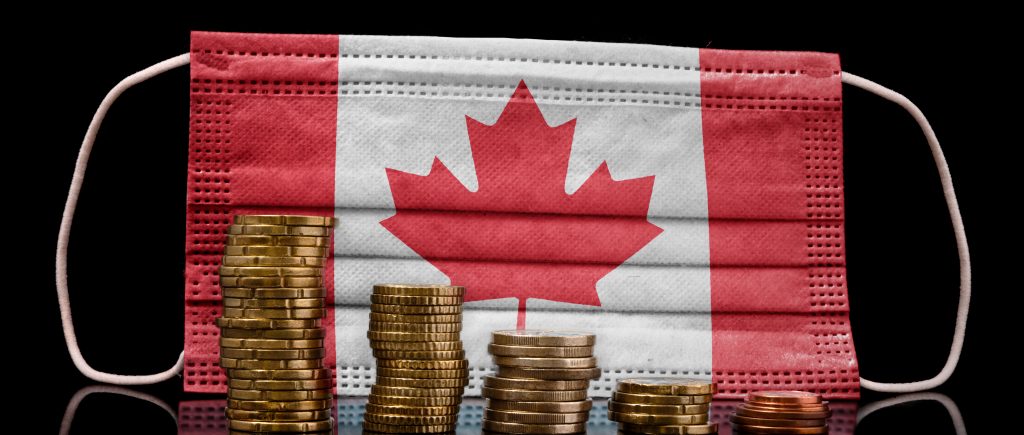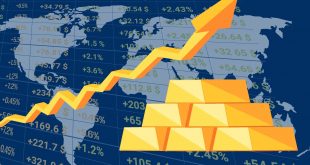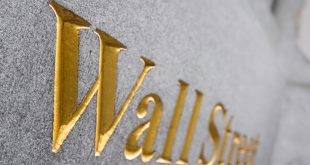Canada’s hot wave of inflation and the recovering labour market are accelerating pressure on the Bank of Canada to hike interest rates ahead of schedule.
Investors are eyeing a fiscal policy announcement this week for clues that the central bank is turning more hawkish. Led by Governor Tiff Macklem, the Bank of Canada is expected on Wednesday to raise its inflation forecast and to largely end pandemic-era stimulus related bond buying program, starting a countdown of sorts to the first interest rate hike in Canada since October 2018.
The central bank has pledged to keep rates at a record low 0.25% until economic limp is absorbed, which would happen in the second half of 2022 in its latest forecast, and has long maintained that the factors pushing up inflation are temporary.
Money markets are set to see a different track ahead, pricing in the first hike by April and nearly 100 basis points of tightening in total next year, up from 35 basis points in September. Investors see rates rising sooner in other large economies as well.
BoE could bow to inflation pressures and become the first major central bank to raise rates in November, while there is a growing view that the U.S. Fed officials and policymakers will find themselves compelled to tighten policy earlier and more aggressively than they would like.
Canadian inflation has stayed above the BoC’s 1%-to-3% target range for six straight months, climbing in September to an 18-year high of 4.4%, and the economy has regained all the jobs it lost during the pandemic.
If the BoC were to hike before the second half of next year, it would likely adjust its guidance in advance. The bank would not want investor expectations to stray too far from its outlook for fear of market turbulence.
The Canadian dollar has climbed in recent days to a four-month high near 1.23 per greenback, or 81.30 U.S. cents, while the gap between Canadian and U.S. 2-year yields has doubled since last month to 41 basis points in favor of the Canadian bond.
 Noor Trends News, Technical Analysis, Educational Tools and Recommendations
Noor Trends News, Technical Analysis, Educational Tools and Recommendations





